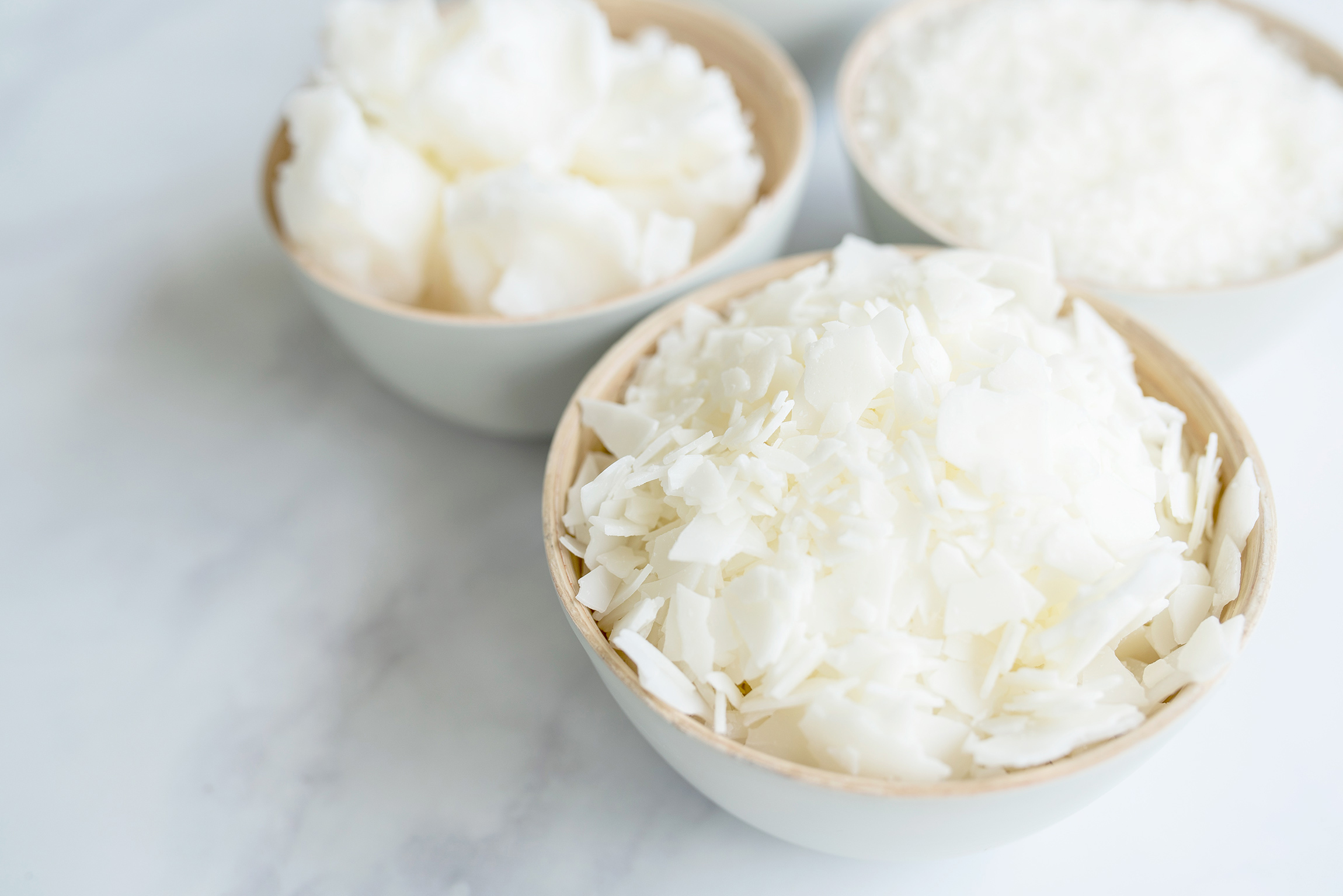Elevate Your Area with Premium Soy Wax Candles and Home Fragrance
Elevate Your Area with Premium Soy Wax Candles and Home Fragrance
Blog Article
From Wick to Wax: Comprehending the Chemistry Behind Soy Wax Candles and Their Ecological Effect
As we illuminate our areas with the cozy glow of candles, there exists a world of complex chemistry behind the relatively basic act of lighting a soy wax candle. The option between soy and paraffin wax expands past simple looks, diving into the realm of ecological effect and the extremely make-up of the materials. Recognizing the molecular structure of soy wax and its burning procedure clarifies the exhausts launched into our environments. Join us as we unravel the scientific ins and outs behind soy wax candle lights and discover their ramifications on our setting.
Soy Wax Vs. Paraffin Wax
When contrasting soy wax and paraffin wax for candle light production, it is important to comprehend the distinctive features and advantages of each material. Soy wax is a natural, sustainable source originated from soybean oil, making it biodegradable and green - crystal soy candles. On the other hand, paraffin wax is a byproduct of oil refining, which increases worries concerning its ecological effect and sustainability
Soy wax candles melt cleaner and produce less soot contrasted to paraffin wax candle lights, making them a healthier choice for interior air top quality. Furthermore, soy wax has a lower melting point, enabling a longer-lasting candle that spreads fragrance better. Paraffin wax, on the other hand, tends to shed faster and less easily, potentially releasing unsafe chemicals right into the air.
From a sustainability viewpoint, soy wax is favored for its biodegradability and renewable sourcing, lining up with the growing consumer choice for environmentally aware products. While paraffin wax has been a typical choice in candle light making as a result of its cost and simplicity of usage, the shift in the direction of green alternatives like soy wax is gaining momentum in the market.
Chemical Make-up of Soy Wax

Combustion Process in Soy Candles
The chemical make-up of soy wax straight affects the burning procedure in soy candle lights, affecting factors such as melt time, scent release, and ecological effect. When a soy candle light is lit, the warm from the fire melts the wax near the wick. This fluid wax is after that prepared the wick as a result of capillary action. As the fluid wax reaches the fire, it goes through and evaporates combustion. The combustion procedure involves the vaporized hydrocarbons in the wax reacting with oxygen in the air to produce heat, light, water crystal soy candles vapor, and co2.
The combustion efficiency of soy candle lights is affected by the purity of the soy wax and the top quality of the wick. A clean-burning soy candle with an effectively sized wick will minimize and generate a consistent flame residue formation. This not only expands the burn time of the candle light however also enhances the release of scents. Furthermore, soy wax candles have a reduced environmental effect compared to paraffin candles because of their eco-friendly and naturally degradable nature.

Ecological Advantages of Soy Wax

Thought about a lasting option to traditional paraffin wax, soy wax supplies significant ecological advantages that make it a preferred choice among eco-conscious customers. Soy wax burns cleaner and generates less soot than paraffin wax, contributing to better interior air high quality and lowering the requirement for cleaning and maintenance. Generally, the environmental benefits of soy wax align with the expanding demand for environment-friendly and sustainable items in the market.
Recycling and Disposal Considerations
Reusing and appropriate disposal of soy wax candles play a vital duty in keeping environmental sustainability and lowering waste in families and communities. When it pertains to recycling soy wax candles, the primary step is to make sure that the candle light has melted completely. This can be attained by allowing the candle light to melt up until the wick is no longer functional, and then letting the remaining wax cool and strengthen. Once the wax has strengthened, it can be thoroughly eliminated from the container.

In regards to disposal, if recycling is not a choice, soy wax candle lights are biodegradable and can be safely thrown away in most home waste systems. It is always advised to check with neighborhood reusing centers or waste management solutions for specific standards on candle light disposal to ensure proper handling and environmental protection.
Conclusion
In final thought, the chemistry behind soy wax candles exposes their ecological benefits over paraffin wax candles. Soy wax, acquired from soybean oil, burns cleaner and creates much less soot when compared to paraffin wax.
When comparing soy wax and paraffin wax for candle production, it is necessary to comprehend the distinct characteristics and benefits of each product (soy candles).Soy wax candles shed cleaner and release much less soot compared to paraffin wax candle lights, making them a much healthier selection for interior air high quality.Thought about a lasting choice to traditional paraffin wax, soy wax offers significant environmental advantages that make it a preferred selection amongst eco-conscious consumers. Soy wax burns cleaner and generates much less soot than paraffin wax, adding to much better interior air top quality and minimizing the demand for cleaning and maintenance.In final thought, the chemistry behind soy wax candles discloses their environmental advantages over paraffin wax candle lights
Report this page